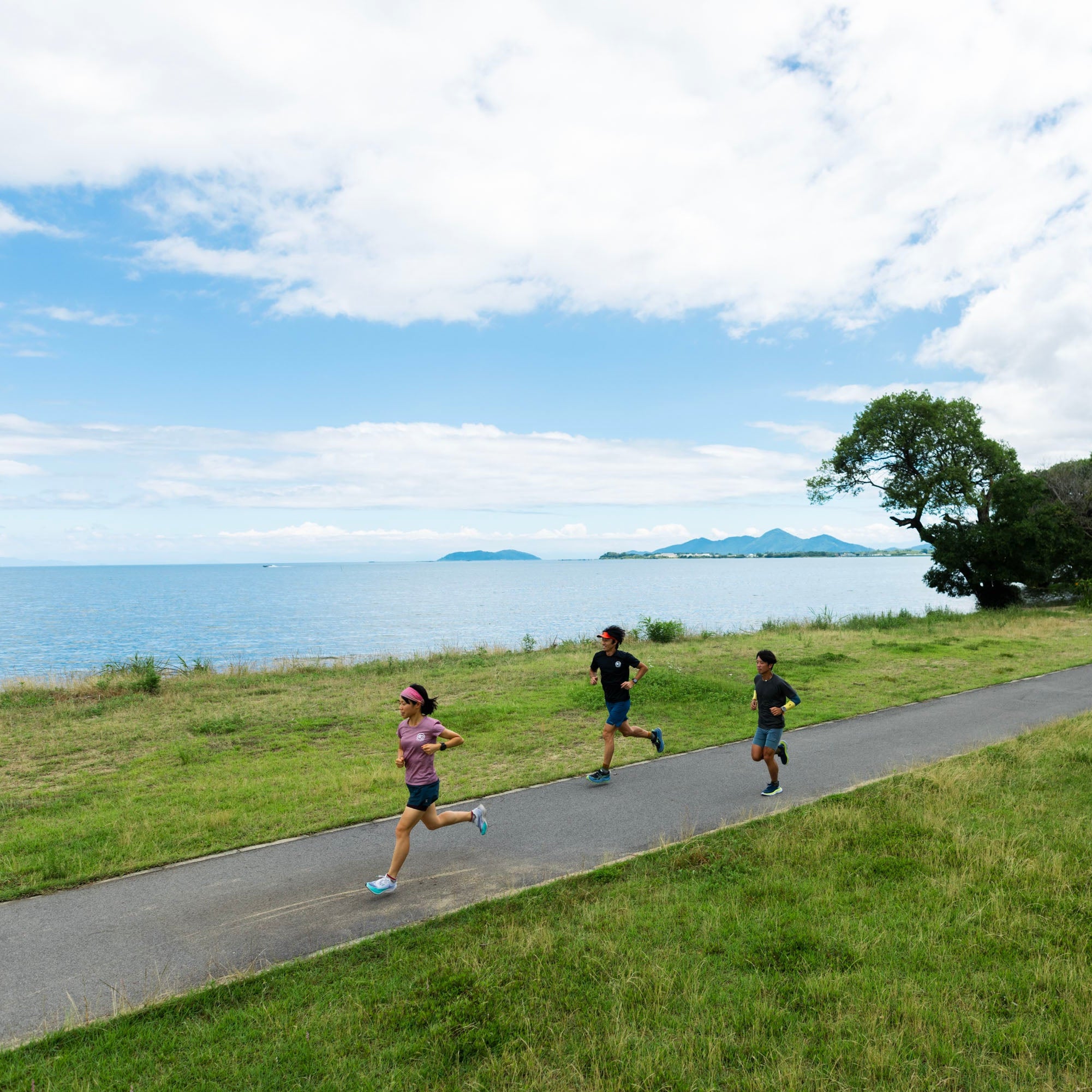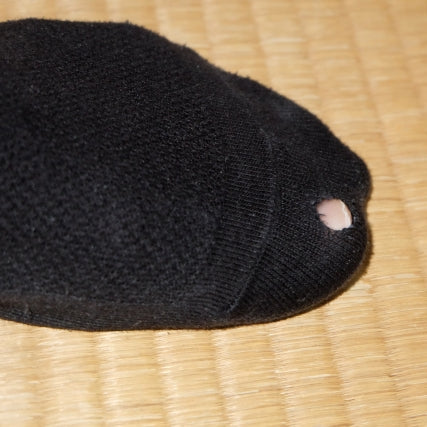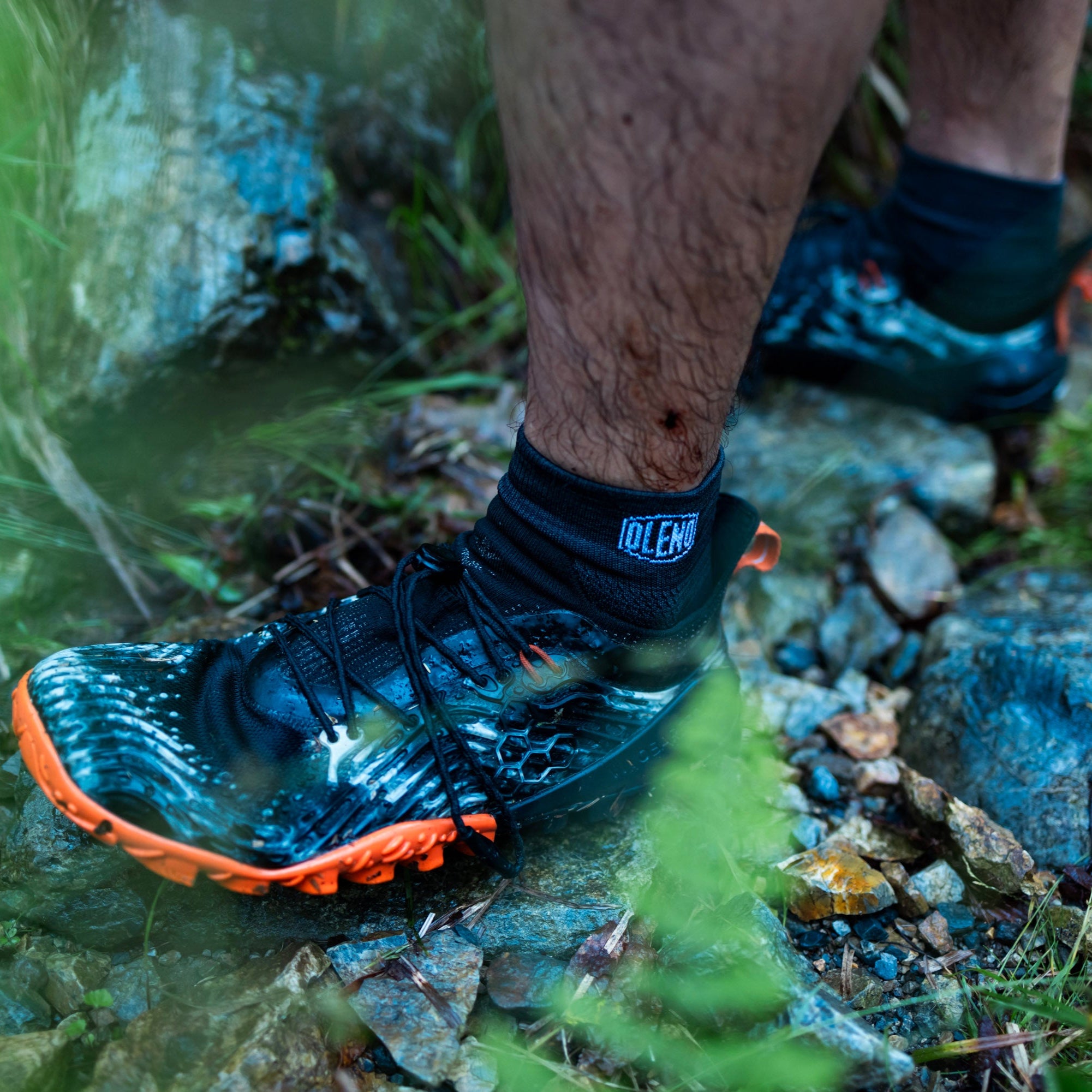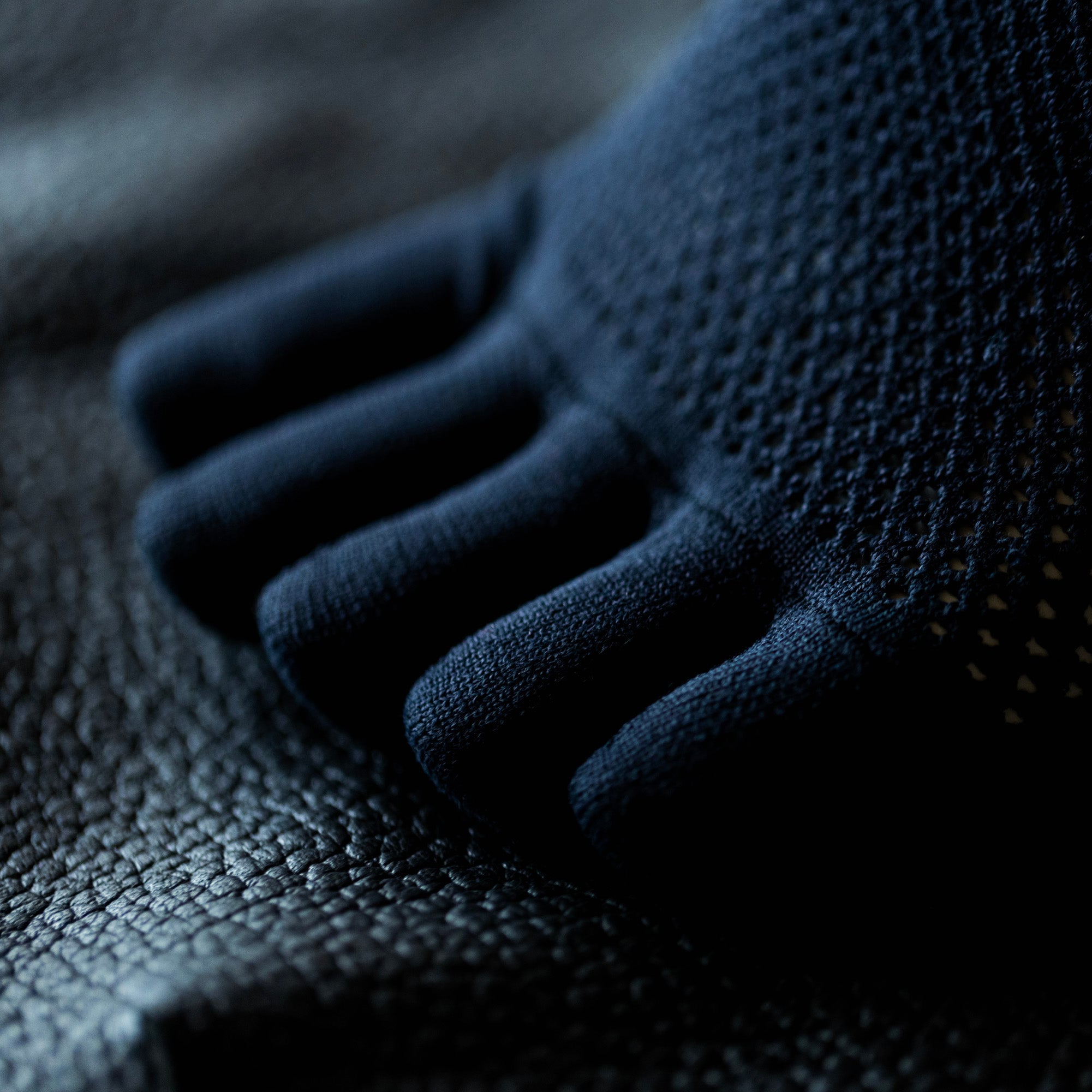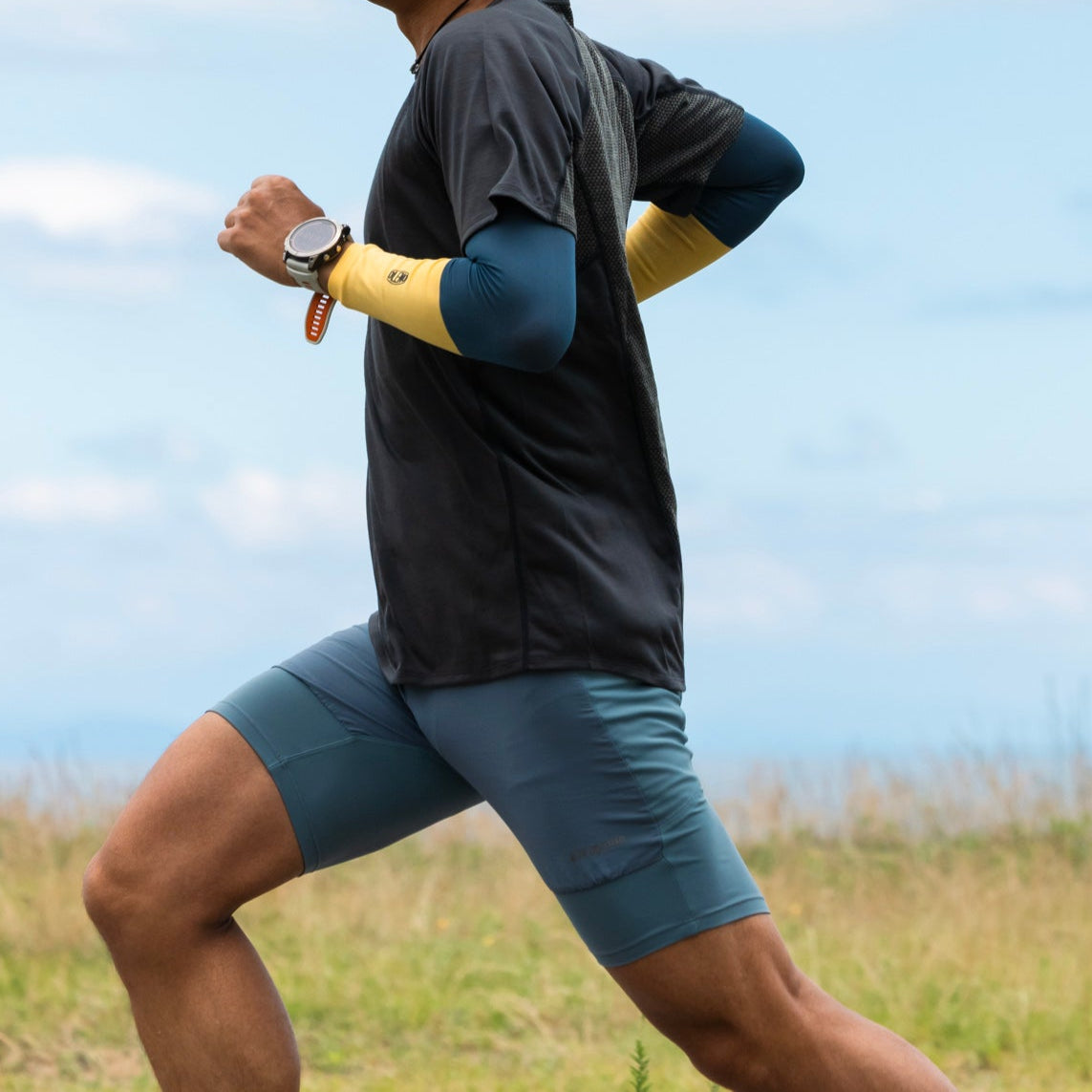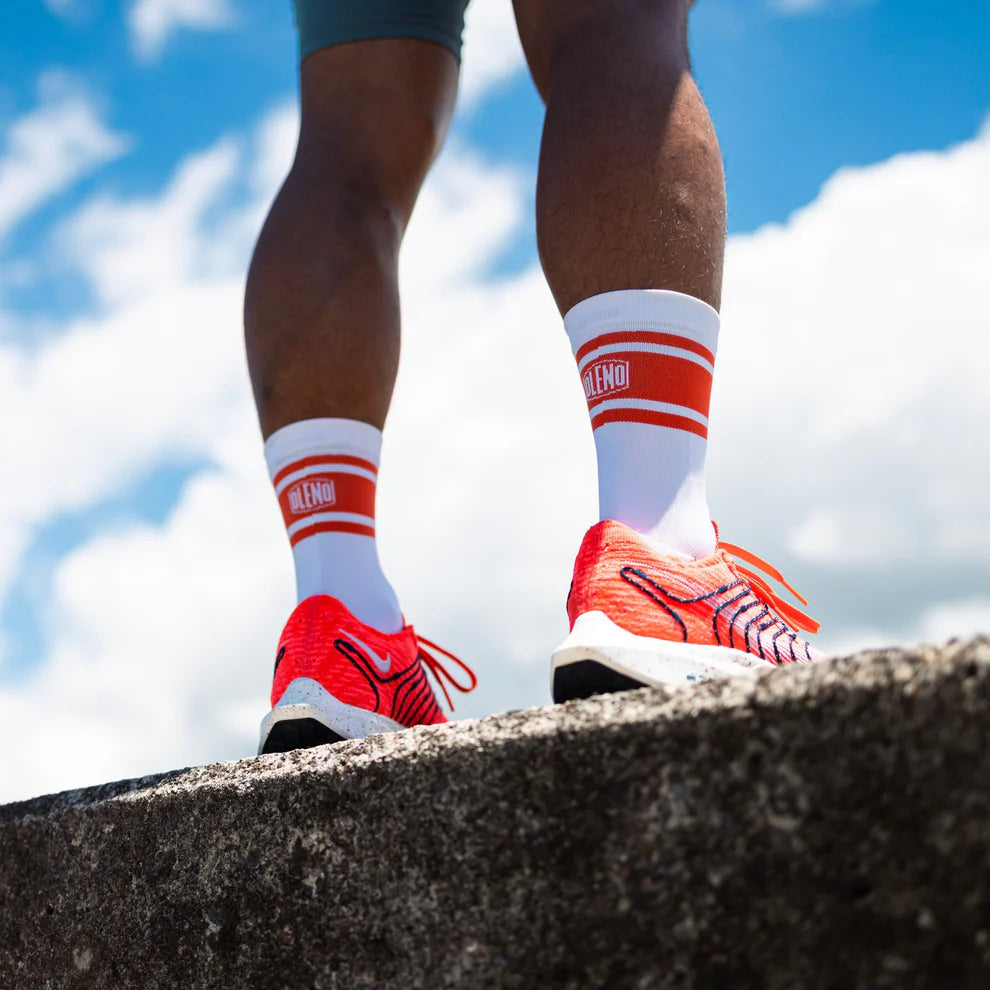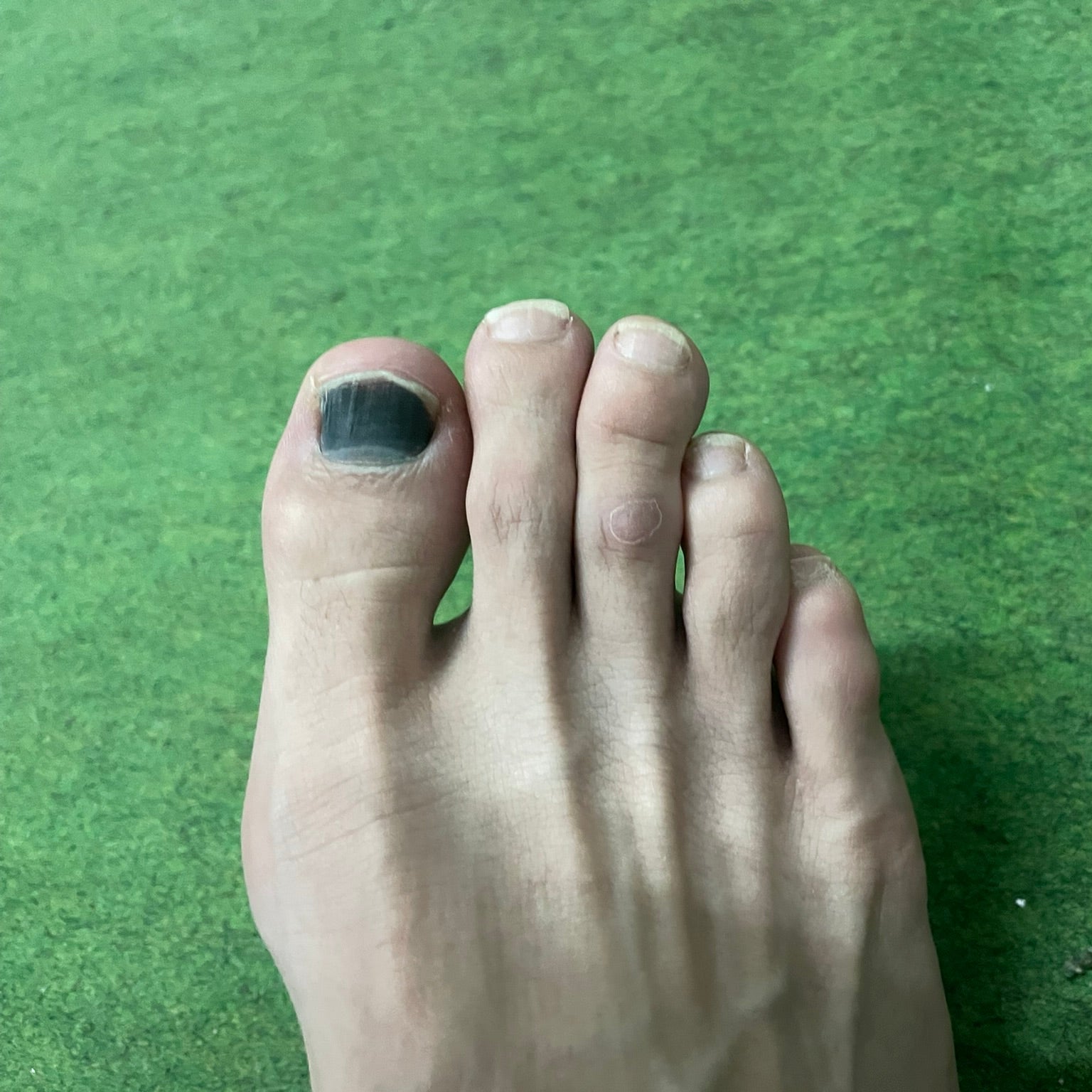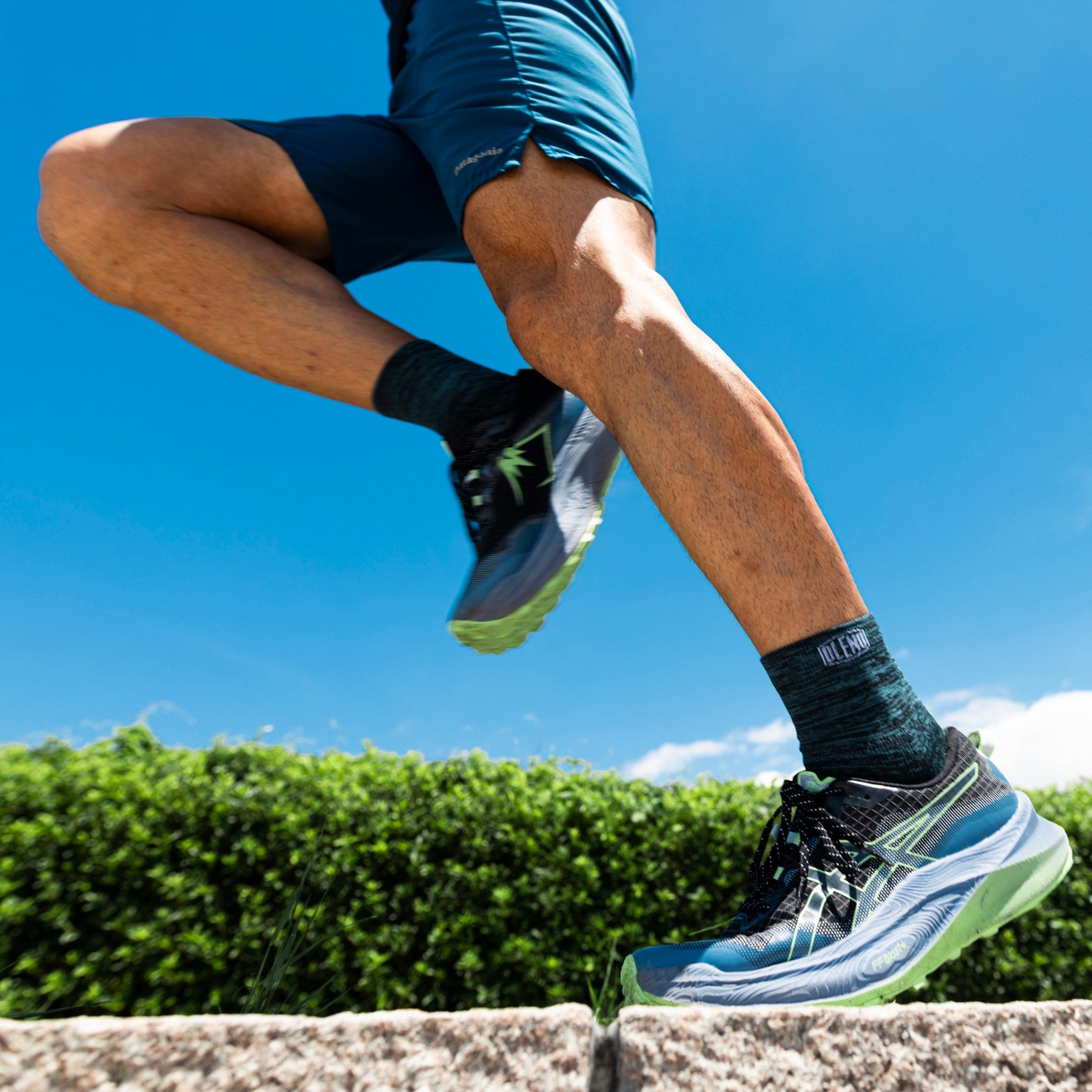Anyone who does trail running, marathons, or road running will have this problem at least once.
- Peeling skin due to sweaty feet
- Peeling skin due to blisters
This is something that many top runners are troubled by , and I get the impression that many of them try various things, wondering if it's their shoes or running style that are to blame, but they still end up suffering without any improvement.
Of course, if you find the perfect shoes and are able to run at your best, there will be some areas that can be improved, but aren't there also some areas that cannot be changed by shoes or running style in the first place?
This is caused by the socks that sit between your feet and your shoes, and unless you change your socks, the problem may never improve, or conversely, it may be solved quickly and easily.
So, this time we will explain the functions of socks that are necessary to prevent your feet from getting sweaty and blisters.
[Causes and remedies for blisters]
1. Running shoes are the wrong size or fit
If your running shoes are too big, your feet will move around too much inside the shoes, causing friction. Conversely, if they are too small, certain areas will be compressed, causing excessive friction and leading to blisters.
→The solution is simple: wear shoes that fit your feet perfectly .
Running shoe sizes vary depending on the manufacturer, so if you're unsure of your size, it's best to choose shoes with the help of a sports shop staff member.
2. Wearing running shoes incorrectly
It goes without saying, but if you tie your laces loosely, your feet will move more easily and friction will increase. On the other hand, if you tie them too tightly, pressure points will be created and you will be more likely to get chafed.
→The solution here is also simple: do not tie your shoelaces too tightly, but tie them so that your feet cannot move back and forth or up and down .
As long as you choose the right size running shoes, there shouldn't be any problems.
3. Inappropriate choice of socks
① Wearing socks that are only highly absorbent
For example, 100% cotton socks are very absorbent but have little quick-drying ability, so the socks will stay wet without drying out.
Wet fabrics have more friction than dry fabrics , which can lead to more frequent blisters.
② Wearing socks that are not highly absorbent
On the other hand, if you wear socks that are not highly absorbent, the sweat that comes out of your feet while running will stay on your feet without being absorbed, and your feet will remain wet. Just like with fabric, wet feet increase friction , which is the principle that causes blisters.
→ Make sure to choose socks that are highly absorbent and quick-drying .
It's recommended to check the material of the socks, as nylon, polypropylene, wool, etc. are quick-drying materials. At OLENO, we offer a wide range of socks specifically designed for running, and have been worn at the Olympics and world championships, so if you're having trouble finding running socks, be sure to give them a try.
They are characterized by their extremely high moisture absorption and quick-drying properties. They also have an extremely strong grip on the soles of your feet, preventing them from slipping inside your shoes.

These road running socks are designed for athletes and were developed in collaboration with 10 amateur runners. They are six times more absorbent and quick-drying than regular socks.

[By body part | Locations where blisters are likely to occur and their causes]
In fact, blisters are most likely to occur in areas that are prone to pressure when moving, such as the heel and arch of the foot. From here, we will introduce the characteristic causes seen in each area and some countermeasures.
■ Heel: Area where friction due to slippage tends to concentrate
The heel receives the most impact when landing or going uphill or downhill while running, so it is prone to friction between shoes and socks. Socks made of slippery material or flat socks without a three-dimensional heel structure can easily slip off, causing peeling skin and blisters.
→If you want to take measures with socks, socks with a three-dimensional knit structure that wraps around the heel and has an anti-slip coating are very effective.
■ Arch: Misalignment and fatigue due to collapse of the arch
As your running distance increases, the arches of your feet gradually collapse, reducing the fit inside your shoes and making your socks and feet more susceptible to friction. If you experience stinging or peeling skin on the inside of your arch, this "collapsed arch" is likely the cause.
→ By choosing socks with arch support (those with a support band in the midfoot area), you can stabilize the arch of your foot and reduce friction.
[Unraveling the issue of sweaty feet]
I mentioned above that sweaty feet can lead to blisters, but there are actually quite a few complexities to what causes sweaty feet, so I'd like to go into a bit more detail.
The main cause is poor absorbency of socks

The reason your feet get sweaty is simple: sweat from the soles, toes, and other areas of your feet is not absorbed by the socks and remains there , causing the humidity to rise abnormally . One standard for measuring the performance of socks is their absorbency , and socks with low absorbency will end up in the condition described above.
In fact, absorbency depends on the material used in socks. Materials such as wool and silk are highly absorbent, but polyester has low absorbency .
Furthermore, socks used in active sports such as trail running, marathons, and road marathons are often made of polyester .

This is because polyester is a fiber that is very resistant to friction , can withstand intense movement, and is also quick-drying , making it an ideal material for sports socks, which are washed frequently.
As mentioned above, they have low absorbency, which means your feet tend to get sweaty.

Poor ventilation is also a cause
In addition to water absorption, poor breathability can also be a cause of blisters depending on the area where they occur .
For example, sweat tends to accumulate in the arch of the foot and between the toes , causing stuffiness. By choosing socks that are well ventilated, you can prevent this localized increase in humidity.
Conversely, around the heel and ankle, fit and stability are more important than breathability , so a well-balanced design according to the area is desirable.
As a side note, the more loosely knitted the socks are, the more breathable they will be; conversely, if they are knitted tightly like thick socks, the breathability will be reduced .

A particularly rough pair of socks is one with a mesh structure . They look breathable, but they also get caught on things more often, which increases the chances of them getting torn or damaged.
If you want your socks to last a long time, why not try looking for socks that are just the right amount of rough and not too snag-prone ? (This is difficult to tell with the naked eye, so it's best to ask someone at the sock department.)
Above, we have introduced the functions of socks to prevent your feet from getting sweaty and blisters.
When running a marathon or trail running, people pay close attention to their shoes, clothes, and equipment, but I think there are still not many people who pay close attention to their socks. However, because it is a sport that puts a lot of strain on your feet, I strongly believe that you should pay close attention to your socks and run comfortably.
If you're thinking about paying even a little more attention to your socks, we recommend you try OLENO socks. They incorporate all of the know-how we've accumulated over 90 years of sock-making experience. Give them a try.


